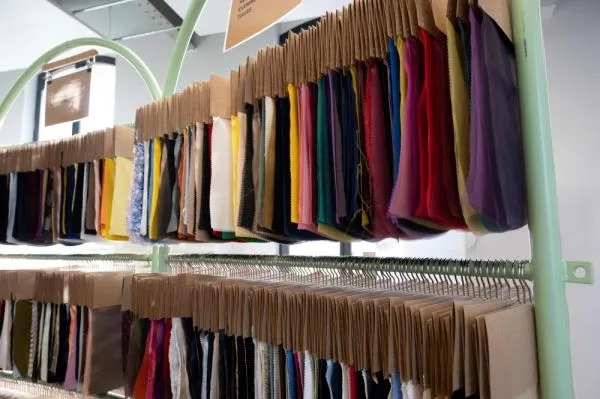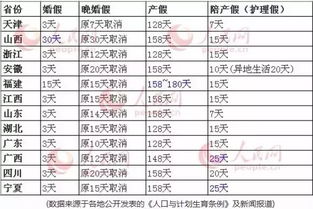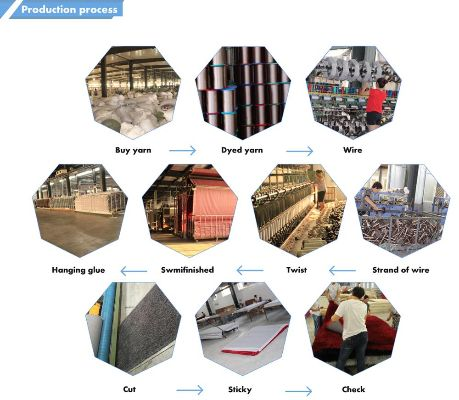Strategic Planning for the Development of a Textile Design Training Lab
: Strategic Planning for the Development of a Textile Design Training Lab,Abstract:,This paper discusses the strategic planning process for the development of a textile design training lab. The objective is to enhance the capabilities of students in the field of textile design by providing them with hands-on experience and practical training opportunities. The planning process involves identifying key areas of focus, setting clear objectives and goals, and developing a comprehensive plan that includes resources, staffing, curriculum, and evaluation methods. The paper also highlights the importance of collaboration between industry professionals and academic institutions to ensure that the training lab meets the needs of both the student body and the workforce. Finally, it provides recommendations for future research in this area, including exploring new technologies and methodologies that can be used to improve the effectiveness of textile design training programs.
Introduction: In the ever-evolving world of fashion and textiles, the demand for innovative designs is constantly growing. The textile design training lab aims to provide students with hands-on experience in the field of textile design by offering them a platform where they can learn from experts, experiment with new techniques, and develop their creativity. This paper outlines the strategic planning for the development of a textile design training lab, including the necessary components, resources, and facilities.
Components:
-
Equipment and Materials: The lab should have all the necessary equipment and materials required for textile design projects. This includes sewing machines, embroidery machines, cutting tables, fabric storage cabinets, and other tools. Additionally, the lab should have a variety of fabrics, threads, and dyes available for students to work with.
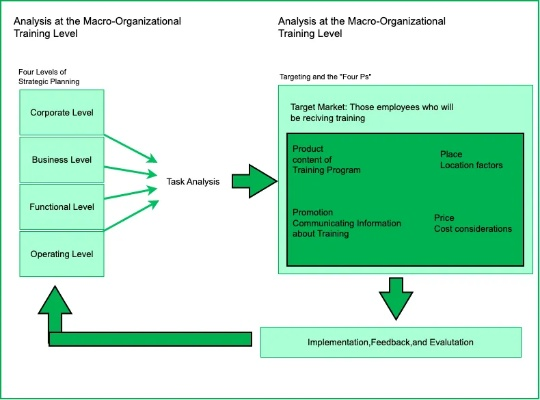
-
Workspace: The workspace should be designed to accommodate different types of textile projects, such as garments, bags, and accessories. It should also have enough space for students to move around freely and work collaboratively.
-
Technology: The lab should incorporate modern technology to enhance the student experience. For example, the lab could have access to computer software that allows students to design and create digital patterns. Additionally, the lab could have a virtual reality (VR) setup to simulate real-world textile design challenges.
-
Infrastructure: The lab should have proper lighting, ventilation, and heating systems to ensure that students can work comfortably in all weather conditions. Additionally, the lab should have a soundproofing system to prevent noise disturbances during work hours.
Resources:
-
Faculty: The lab should have a team of experienced textile designers and educators who can mentor and guide students throughout their learning journey. These faculty members should be knowledgeable about the latest trends in textile design and able to provide practical advice to students.
-
Guest Speakers: The lab could organize guest lectures and workshops featuring industry professionals who can share their insights and experiences with students. This would help them gain valuable knowledge and connections within the industry.
-
Collaborations: The lab could collaborate with local businesses and organizations to provide students with opportunities to apply their skills in real-world settings. This would help them develop a sense of purpose and career direction.
Facilities:
-
Workshop Areas: The lab should have designated areas for various textile design projects, such as garment making, bag design, and accessories creation. Each area should have its own set of tools and materials, allowing students to focus on specific projects without distractions.
-
Display Area: The lab should have a display area where students can showcase their work and receive feedback from their peers and instructors. This would help them build confidence and improve their skills further.
-
Library: The lab should have a library with a wide range of books, journals, and other resources related to textile design. Students could use this library to research topics they are interested in or find inspiration for their projects.
Case Study: One example of a successful textile design training lab is the Textile Design Center at the Fashion Institute of Technology in New York City. The center offers a comprehensive program that covers all aspects of textile design, from basic techniques to advanced concepts. The center has state-of-the-art facilities, including a large studio area equipped with sewing machines and embroidery machines, as well as a library with a vast collection of books on textile design. Additionally, the center collaborates with local businesses and organizations to provide students with real-world opportunities to apply their skills.
Conclusion: The textile design training lab is an essential component for the education of future textile designers. By providing students with hands-on experience, access to the latest technology, and opportunities for collaboration, the lab can help them develop their skills and achieve their goals. As we continue to evolve as a society, the demand for innovative textile designs will only increase. Therefore, it is important that we invest in the development of textile design training labs like those mentioned above to prepare our next generation of designers for the future.
项目背景与目标
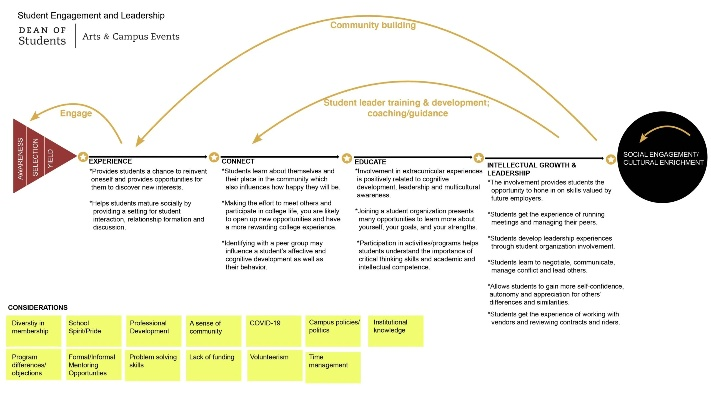
随着纺织行业的快速发展,纺织品设计实训室的建设显得尤为重要,本项目旨在通过优化设计理念、引入先进技术手段,打造一个集教学、研发、实践于一体的纺织品设计实训室,为行业培养更多高素质人才。
实训室建设方案
目标定位
本实训室将专注于纺织品设计领域,提供多元化的实训课程和先进的实验设备,满足不同层次学生的需求,实训室将注重环保、节能、安全等要素,确保实训过程的安全与高效。
设施配置
(1)硬件设施:
a. 实验室空间规划:根据实训需求,合理规划实验室空间布局,包括实验台、通风设备、空调系统等。
b. 实验设备:引进先进的纺织品设计软件和实验设备,包括CAD绘图机、织机、染化设备等。
c. 安全防护:配备消防设备、安全防护栏等,确保实训过程的安全。
(2)软件设施:
a. 师资队伍:组建专业的师资团队,包括纺织品设计专家、工艺师等。
b. 教学资源:建立完善的教材体系,提供丰富的实训资料。
c. 培训体系:制定完善的实训培训计划,包括课程设计、技能培训等。
建设流程
a. 前期调研:收集行业需求、市场需求,进行实地考察和调研。
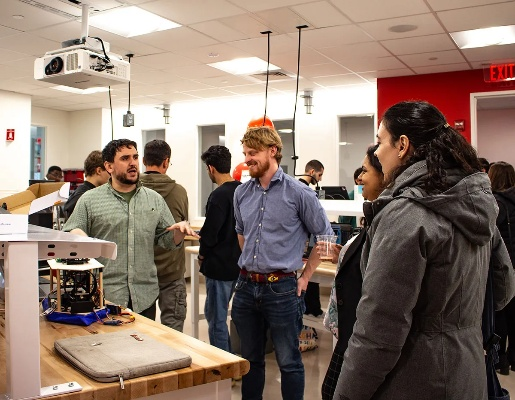
b. 设计规划:根据调研结果,制定实训室建设规划。
c. 采购与安装:根据规划采购设备,进行安装调试。
d. 人员培训:对实训室工作人员进行专业培训。
e. 试运行与优化:试运行实训室,根据反馈进行优化调整。
技术方案
(1)采用先进的设计软件进行纺织品设计实训。
(2)引入环保材料和技术手段,确保实训室环保、节能、安全等要素。
案例说明
为了更好地说明本方案,我们以某知名纺织品设计公司为例,展示其纺织品设计实训室的建设情况,该公司拥有一支专业的师资团队和先进的实验设备,同时注重环保、节能、安全等要素,确保实训过程的安全与高效,该实训室不仅提供了多元化的实训课程和实验设备,还配备了先进的织机、染化设备等,满足了不同层次学生的需求,该公司还注重与行业紧密合作,引入了最新的纺织设计理念和技术手段,为行业培养更多高素质人才。
实施计划与时间表
- 项目实施时间:预计项目实施周期为XX个月。
- 关键节点:项目启动阶段(XX个月)、建设阶段(XX个月)、试运行与优化阶段(XX个月)。
- 实施计划: (1)前期准备阶段:完成项目调研、规划制定等工作。 (2)采购与安装阶段:采购设备并进行安装调试。 (3)人员培训阶段:对工作人员进行专业培训。 (4)试运行与优化阶段:试运行实训室,根据反馈进行优化调整。
- 时间表安排:具体时间安排可根据实际情况进行调整。
预期成果与影响
本实训室的建设将有助于提高行业人才培养质量,为行业培养更多高素质人才,实训室的建设也将促进纺织行业的创新和发展,推动纺织行业的可持续发展,本实训室的建设还将为相关企业和个人提供更多的机会和资源,促进其业务发展和社会效益的提升。
总结与展望
本实训室建设方案旨在打造一个集教学、研发、实践于一体的纺织品设计实训室,为行业培养更多高素质人才,在实施过程中,我们将注重环保、节能、安全等要素,确保实训过程的安全与高效,我们将积极与行业合作,引入最新的纺织设计理念和技术手段,为行业带来更多的创新和发展机会,展望未来,我们相信本实训室的建设将为纺织行业的发展带来更多的机遇和挑战。
Articles related to the knowledge points of this article:
Top Textile Companies Websites
Chinas Textile Trade Strength and Global Impact
Transforming Textiles with Creative Poster Materials
Unlocking the Benefits of EPR Compliance for French Textile Exporters
